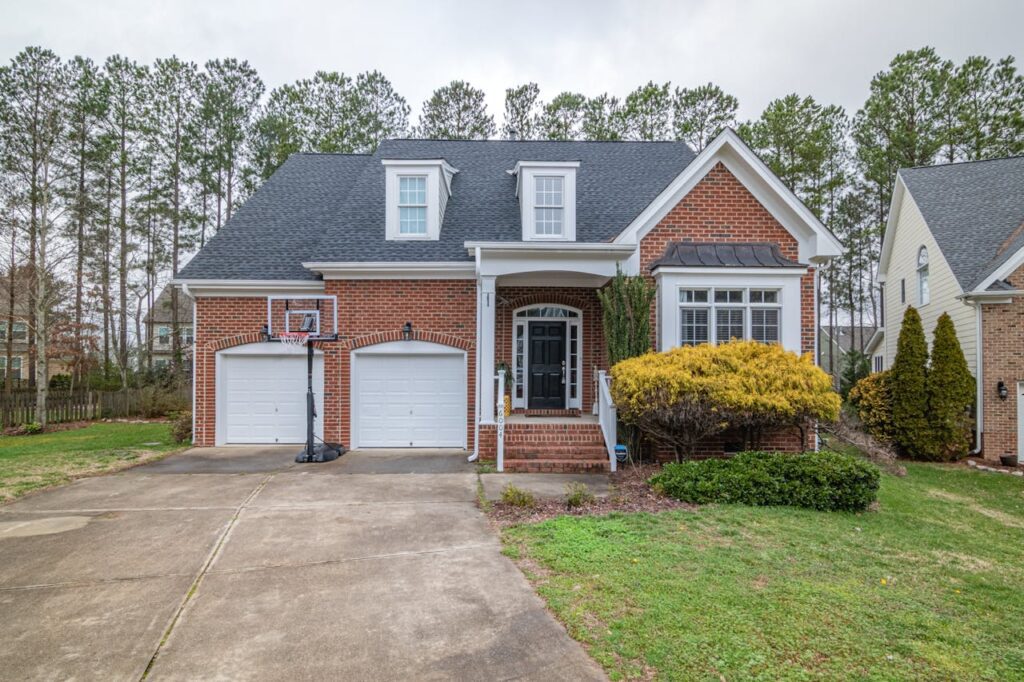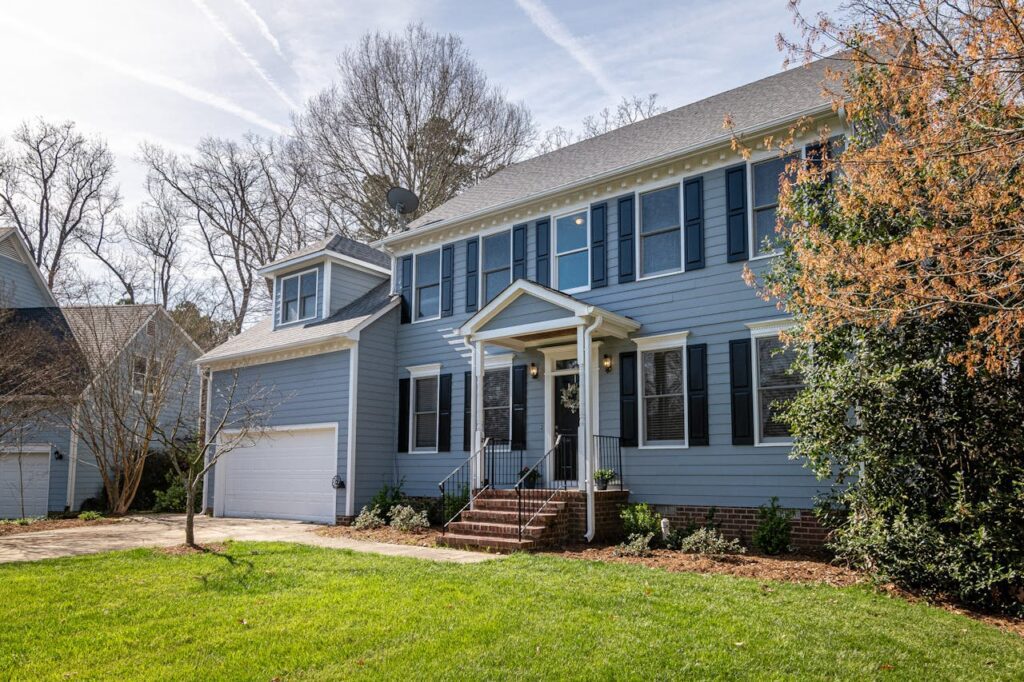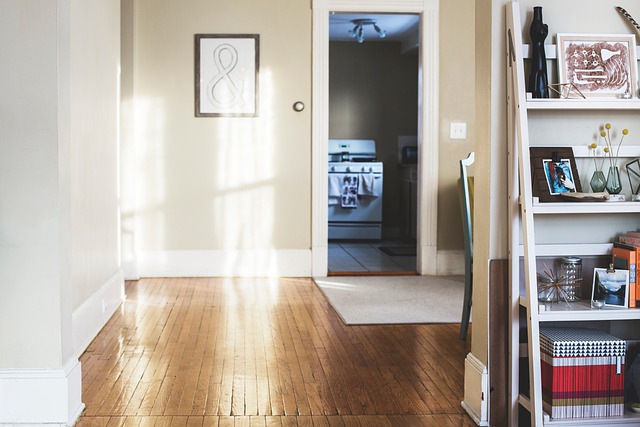Understanding the critical role of quality framing in construction projects is paramount. The choice of framing can significantly impact the overall success and longevity of a structure. Whether it’s a residential home or a commercial building, the framing serves as the backbone, influencing stability, durability, and aesthetic appeal. Historical construction failures often trace back to subpar framing choices, reinforcing the importance of getting it right from the start. By investing in high-quality framing materials and craftsmanship, you set your project up for success, ensuring safety, structural integrity, and long-term satisfaction. Join us as we delve into why quality framing can truly make or break your construction endeavors.
The Importance of Quality Framing in Construction
Foundational Role
Quality framing serves as the backbone of any construction project, ensuring structural integrity and stability. It forms the skeleton on which the entire building rests, supporting walls, floors, and roofs.
Framing materials such as wood or steel are crucial components that determine the strength and durability of a structure. Properly selected materials can prevent issues like construction defects and ensure the longevity of the building.
Aesthetics vs Functionality
While framing is often associated with the structural aspects of a building, it also plays a significant role in enhancing aesthetics. Well-crafted framing can create visually appealing spaces while maintaining functionality.
In addition to aesthetics, quality framing directly impacts the functionality and safety of a building. Precise framing ensures that doors and windows fit correctly, preventing issues like drafts and water leaks that can lead to mold growth.
Long-Term Financial Implications
Investing in quality framing may require a higher initial cost, but it pays off in the long run. Buildings with sturdy frames are less likely to experience structural issues or material degradation over time, reducing the need for costly repairs.
Properly framed structures are also more energy-efficient, as they provide better insulation and reduce heat loss. This leads to lower utility bills and increased savings for homeowners in the long term.
How Framing Ensures Structural Integrity and Safety
Load Distribution
Framing, including trusses and straight lumber, plays a crucial role in distributing loads effectively throughout a structure. By properly framing a building, the weight of the roof, walls, and floors is evenly distributed to ensure stability. This distribution prevents any single component from bearing an excessive load, reducing the risk of structural failure.
Framing elements such as roof trusses and roof sheathing are designed to work together to support the weight of the roof. The trusses act as the framework that supports the roof sheathing, which in turn provides a solid base for roofing materials. When these components are properly installed and aligned, they create a sturdy structure that can withstand various loads over time.
Resistance to Environmental Forces
Quality framing enhances a building’s ability to resist environmental forces such as wind, snow, and seismic activity. Properly constructed trusses and roof elements help distribute these forces evenly throughout the structure, minimizing the risk of damage during extreme weather events. By using durable materials and precise construction techniques, framers can ensure that a building remains intact and secure in adverse conditions.
When a truss or other framing element fails due to poor construction or inadequate materials, it can compromise the entire structure’s integrity. A failed truss can lead to sagging roofs, cracked walls, and even collapse in severe cases. Therefore, investing in high-quality framing is essential to protect a building from external forces and maintain its longevity.
Adherence to Building Codes
Adhering to building codes and standards is paramount for ensuring the safety and stability of a structure. Building codes specify the minimum requirements for structural design, material quality, and construction practices to safeguard occupants and prevent disasters. Framers must follow these codes meticulously to guarantee that every aspect of the framing process meets regulatory standards.

How Framing Enhances Energy Efficiency
Insulation Benefits
Proper framing plays a crucial role in minimizing energy loss within buildings by ensuring effective insulation. By creating a tight seal around doors, windows, and walls, quality framing prevents air leakage, maintaining consistent indoor temperatures. This results in reduced reliance on heating and cooling systems, leading to lower energy consumption.
Insulation not only helps in maintaining a comfortable indoor environment but also contributes to cost savings by reducing energy bills. Quality framing materials and techniques enhance the insulation’s effectiveness, providing better thermal resistance. This translates to improved energy efficiency, making buildings more sustainable in the long run.
HVAC Efficiency Impact
The design and quality of framing directly influence the efficiency of HVAC systems. Properly framed structures allow HVAC systems to operate more effectively by reducing strain on the equipment. With well-insulated walls and properly sealed gaps, HVAC units can distribute air evenly throughout the building, optimizing their performance.
Efficient HVAC systems not only enhance comfort levels for occupants but also contribute to reduced energy consumption. By ensuring that heating and cooling systems function efficiently, quality framing practices help lower overall energy costs. This makes buildings more environmentally friendly while also benefiting owners through long-term savings.
Sustainable Building Practices
Framing design is a critical component of sustainable building practices. By utilizing environmentally friendly materials and construction techniques, framing can significantly reduce the environmental impact of construction projects. Sustainable framing practices focus on maximizing energy efficiency, minimizing waste, and promoting eco-friendly building solutions.
Incorporating sustainable framing practices not only benefits the environment but also aligns with modern construction standards. Builders are increasingly recognizing the importance of sustainable building methods in reducing carbon footprints and promoting green initiatives. By prioritizing sustainable framing design, construction projects can contribute to a more environmentally conscious future.
How Framing Contributes to Longevity and Durability
Maintenance Benefits
Quality framing significantly reduces maintenance needs over time, saving costs on repairs and replacements. By using durable materials such as conventional stick lumber, the structure becomes more resilient.
Wood from old-growth forests is resistant to rot, reducing the likelihood of costly repairs due to rotten wood. This type of framing also minimizes the impact on the environment by utilizing sustainable resources.
Protection Against Moisture and Pests
Effective framing plays a crucial role in preventing damage caused by moisture and pests. When using quality materials like firewood or dead trees, the risk of moisture-related issues decreases significantly.
Little bore holes created by insects can compromise the structural integrity of a building. Quality framing techniques help mitigate ant and bug damage, ensuring the longevity of the construction project.
Pros:
- Reduced maintenance costs
- Enhanced structural integrity
- Sustainable use of resources
Cons:
- Initial higher cost compared to standard framing materials
Enhancing Building Lifespan
Durable framing materials are essential for enhancing a building’s lifespan. By incorporating quality wood sourced from old-growth forests, structures become more robust against environmental factors.
The resistance to moisture and pests provided by quality framing ensures that the building remains structurally sound for an extended period. This longevity benefits both the occupants and the environment.
How Framing Impacts Aesthetics and Flexibility
Creative Architectural Designs
Framing in construction plays a crucial role in allowing creative architectural designs to come to life. Different types of framing techniques can be utilized to create unique shapes and structures, providing architects with the flexibility to explore innovative layouts.
Framing not only serves as the backbone of a building but also acts as a canvas for architects to showcase their creativity. By choosing the right type of framing material and method, architects can push the boundaries of traditional design norms, resulting in visually stunning and aesthetically pleasing structures.
Precision for High-Quality Finishes
When it comes to achieving high-quality finishes in construction projects, precision in framing is paramount. The accuracy and attention to detail during the framing process directly impact the overall look and feel of the final product.
Precision ensures that all components fit together seamlessly, creating a polished and professional appearance. From straight walls to perfectly aligned doorways, every aspect of the framing must be meticulously executed to achieve the desired aesthetic outcome.
Pros:
- Allows for intricate architectural details
- Enhances the overall visual appeal of the building
Cons:
- Requires skilled labor for precise execution
- May increase construction costs due to the need for specialized techniques
Seamless Integration of Building Elements
One of the key benefits of quality framing is its ability to support the seamless integration of various building elements. From electrical wiring to plumbing systems, framing provides a structural framework that accommodates these components without compromising the integrity of the design.
Selecting Skilled Framing Contractors
Research Qualifications
When choosing framing contractors, it is crucial to research qualifications and experience thoroughly. Look for contractors with a proven track record in decking and roof framing. Verify their credentials and ensure they have the necessary expertise in working with flitchwood and other essential materials.
It’s important to assess the contractor’s experience with truss suppliers and lumber yards. A skilled contractor should have a deep understanding of different types of lumbers and how to effectively utilize them in construction projects. By conducting thorough research, you can ensure that you are hiring a competent professional for your project.
Review Past Projects
Requesting references and reviewing past projects are essential steps in gauging contractor reliability. Ask for a list of previous clients and take the time to contact them for feedback on their experience. Visiting completed projects can also give you a firsthand look at the quality of workmanship provided by the contractor.
By reviewing past projects, you can evaluate the contractor’s attention to detail, adherence to timelines, and overall craftsmanship. Pay close attention to the finishing touches, as these small details can make a significant difference in the outcome of your construction project.
Compare Bids Carefully
When selecting a framing contractor, it’s crucial to compare bids carefully. While cost is an important factor, it should not be the sole determining factor in your decision-making process. Focus on the quality of materials used, the expertise of the crew, and the overall value offered by each bid.
Create a list of pros and cons for each bid, considering factors such as project timeline, material quality, and warranty offerings. Remember that opting for the lowest bid may result in compromising on the quality of workmanship or materials used. Prioritize value over cost to ensure that your construction project meets high standards.
Effective Communication with Contractors
Clear Expectations
Establish clear project goals and expectations right from the start to ensure a successful framing process. Clearly outline the project scope, timeline, budget, and quality standards to avoid any misunderstandings. By setting these expectations early on, you provide contractors with a clear roadmap to follow.
Regular Updates: Encourage regular updates and feedback throughout the framing process to stay informed about the progress. This open line of communication allows for immediate feedback on any deviations from the plan. It also enables timely adjustments to be made, preventing any costly rework or delays.
Visual Aids
Utilize visual aids such as drawings or sketches to clarify design intentions and specifications. Visual representations can help engineers and contractors better understand the project requirements. They serve as a reference point during construction, ensuring that the final result aligns with the initial vision.
- Clear project goals set expectations upfront
- Regular updates ensure progress tracking
- Visual aids clarify design intentions
Overcoming Common Framing Challenges
Material Shortages
Supply chain disruptions can lead to material shortages, causing delays in the construction project. Develop contingency plans to address these issues promptly.
Material shortages are a common challenge faced by construction projects due to various factors such as transportation issues, unexpected demand surges, or production delays. When key materials like bits and elements are unavailable, it can significantly impact the project timeline.
To mitigate the impact of material shortages, construction teams should establish relationships with multiple suppliers, maintain buffer stocks of critical materials, and constantly monitor the supply chain for any potential disruptions.
Weather Delays
Unpredictable weather conditions can also pose significant challenges during framing. Develop contingency plans that account for weather-related delays to ensure project timelines are met.
Weather delays, such as heavy rain or extreme temperatures, can halt construction activities and affect the quality of the work. For instance, excessive moisture can lead to tree splits or rotten balk, compromising the structural integrity of the building.
To address weather-related challenges, construction teams should closely monitor weather forecasts, schedule work accordingly, and implement protective measures to safeguard exposed materials from adverse weather conditions.
Collaboration Among Team Members
Fostering collaboration among team members is crucial for overcoming framing challenges efficiently. Effective communication and teamwork can help identify and resolve issues before they escalate.
When facing complex framing tasks or unexpected problems like cambium layer damage, involving all relevant team members in decision-making processes can lead to innovative solutions. Encouraging open communication channels and sharing expertise can enhance problem-solving capabilities within the team.
Quality Control in Framing Projects
Implement Regular Inspections
Implementing regular inspections throughout framing projects is crucial to identify and address any quality defects promptly. By conducting thorough inspections at various stages, such as during woodwork and vertical balk installations, you can ensure that the construction meets the required standards. These inspections help prevent quality failures and ensure that the final structure is sturdy and durable.
Documenting the Framing Process
Documenting all stages of the framing process is essential for maintaining accountability and transparency. By keeping detailed records of lumber grades used, inventory levels, stock sizes, and any possible defects encountered, you create a clear trail of the project’s progress. This documentation not only helps in identifying areas for improvement but also serves as a reference point for future projects.
Encouraging Feedback Loops
Encouraging feedback loops among team members and stakeholders is key to continuously improving framing practices. By creating an environment where feedback is welcomed and acted upon, you foster a culture of continuous improvement. Feedback from quality audits can provide valuable insights into areas that require attention, such as addressing toxic molds or little beetle holes in the lumber. This proactive approach helps in enhancing overall project quality.
Closing Thoughts
In construction, quality framing is the backbone of your project’s success. From ensuring safety and structural integrity to enhancing energy efficiency and aesthetics, every aspect hinges on the framing. Selecting skilled contractors, effective communication, overcoming challenges, and maintaining quality control are crucial steps for a successful framing project. Remember, the frame sets the stage for your entire construction venture.
Investing in top-notch framing pays off in the long run. Not only does it guarantee a sturdy and safe structure, but it also adds value and appeal to your property. By prioritizing quality framing, you’re not just building for today but for the future. So, when you kickstart your next construction endeavor, make sure to put framing front and center.
Elevate Your Home with Red White & Blue Construction!
Thinking about framing solutions for your house? Look no further! Embark on a transformative journey where your home in Lafayette, CA, becomes the sanctuary you’ve always dreamed of. With Red White & Blue Construction, every wall and corner is meticulously framed to ensure your house is as structurally sound as it is beautiful. Dive into advanced framing techniques that provide the perfect foundation for your home, or explore innovative designs that maximize space and enhance functionality. Our reputation in the Bay Area stands as a testament to our commitment, expertise, and the unparalleled standards we uphold. We’re more than just licensed contractors; we’re the architects of your dream home. With our transparent pricing and exceptional client engagement, you’re not just building; you’re reimagining, redefining, and revitalizing your space. Choose Red White & Blue Construction. Craft the next chapter of your home story. Frame Your Home with Excellence and reach out to us today!
Disclaimer
The materials available on this website are for informational and entertainment purposes only and not to provide advice. You should obtain advice concerning any particular issue or problem from a professional. You should not act or refrain from acting based on any content included in this site without seeking legal or other professional advice. The information presented on this website may not reflect the most current building developments. No action should be taken in reliance on the information on this website. We disclaim all liability concerning actions taken or not taken based on any or all of the contents of this site to the fullest extent permitted by law.





